Growth of Plant-Based Diets
The Hazelnut Market is witnessing a surge in interest due to the increasing popularity of plant-based diets. As more individuals adopt vegetarian and vegan lifestyles, the demand for plant-based protein sources rises. Hazelnuts, being a rich source of plant protein, are well-positioned to meet this demand. Market analysis suggests that the plant-based food sector is expected to grow at a rate of 11% annually, further driving the consumption of hazelnuts. This trend not only opens new avenues for product development but also enhances the visibility of hazelnuts as a versatile ingredient within the Hazelnut Market.
Rising Demand for Nut-Based Products
The Hazelnut Market experiences a notable increase in demand for nut-based products, driven by a growing consumer preference for healthier snack options. As consumers become more health-conscious, they gravitate towards products that offer nutritional benefits. Hazelnuts, rich in vitamins, minerals, and healthy fats, align well with this trend. Recent data indicates that the nut-based snack segment is projected to grow at a compound annual growth rate of approximately 5.5% over the next five years. This rising demand not only boosts the sales of hazelnut products but also encourages manufacturers to innovate and diversify their offerings within the Hazelnut Market.
Expansion of the Confectionery Sector
The Hazelnut Market is significantly influenced by the expansion of the confectionery sector, particularly in the production of chocolates and spreads. Hazelnuts are a key ingredient in many popular confectionery items, such as pralines and chocolate bars. The Hazelnut Market is expected to reach a valuation of over 200 billion dollars by 2025, with hazelnut-flavored products gaining substantial traction. This growth in the confectionery sector creates a robust demand for hazelnuts, thereby enhancing the overall market dynamics within the Hazelnut Market. Manufacturers are likely to capitalize on this trend by introducing innovative hazelnut-infused products.
Technological Advancements in Processing
Technological advancements in processing techniques are playing a pivotal role in shaping the Hazelnut Market. Innovations in processing methods enhance the quality and shelf life of hazelnut products, making them more appealing to consumers. For instance, advancements in roasting and grinding technologies allow for the production of finer hazelnut pastes and flours, which are increasingly sought after in various culinary applications. The introduction of these technologies is likely to lead to a more efficient supply chain, reducing costs and improving product availability. As a result, the Hazelnut Market stands to benefit from these advancements, potentially increasing market share and profitability.
Increased Awareness of Sustainable Sourcing
Sustainability practices are becoming increasingly important within the Hazelnut Market, as consumers and businesses alike prioritize ethically sourced ingredients. The demand for sustainably sourced hazelnuts is on the rise, with consumers willing to pay a premium for products that adhere to environmental and social standards. Recent surveys indicate that approximately 70% of consumers consider sustainability when making purchasing decisions. This shift towards sustainable sourcing not only enhances brand loyalty but also encourages producers to adopt environmentally friendly practices, thereby positively impacting the Hazelnut Market. Companies that embrace sustainability are likely to gain a competitive edge.


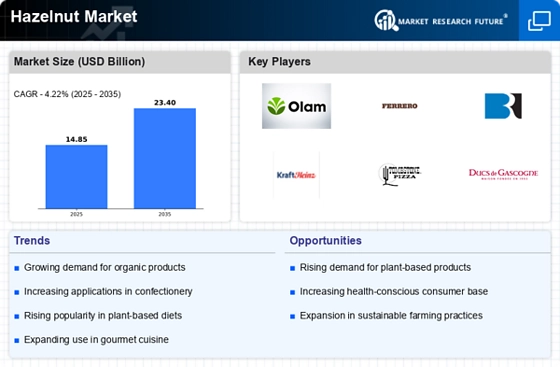
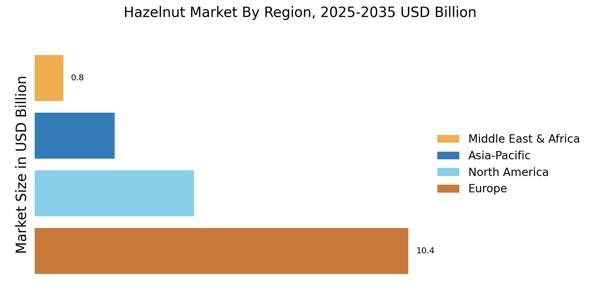

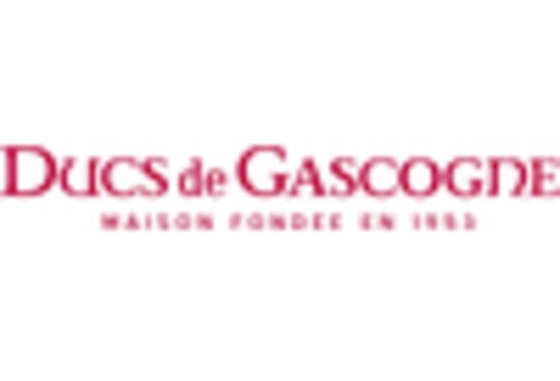
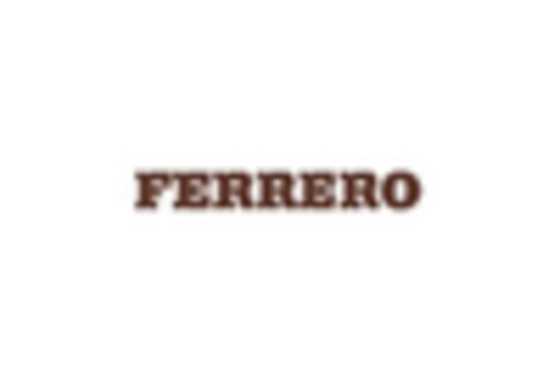
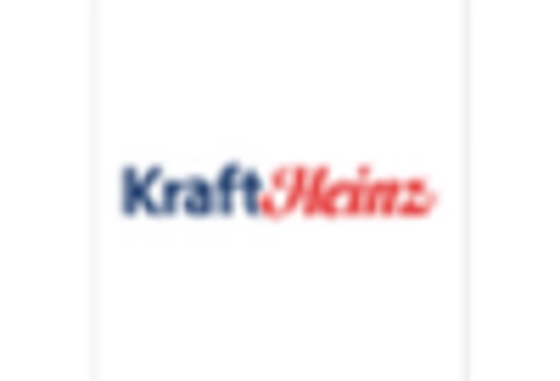
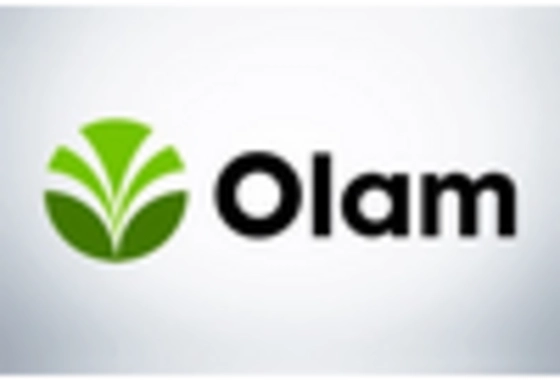
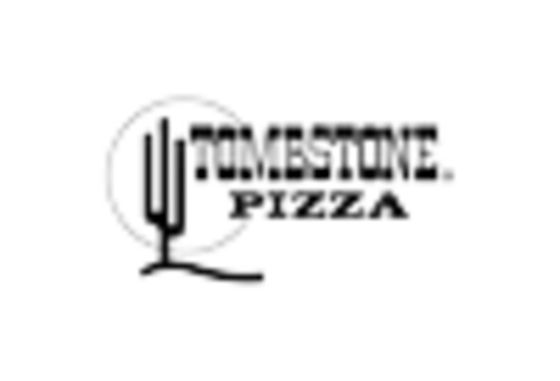








Leave a Comment